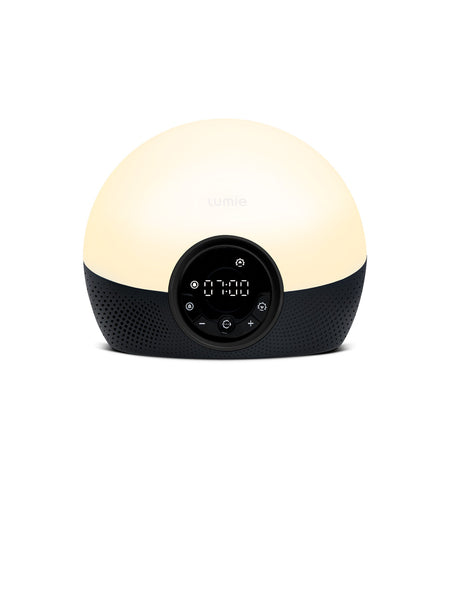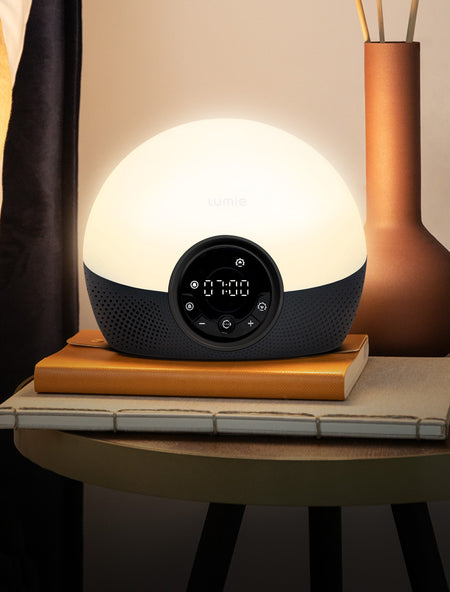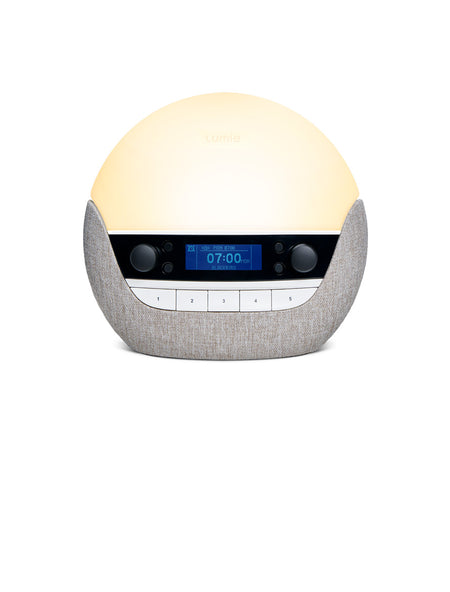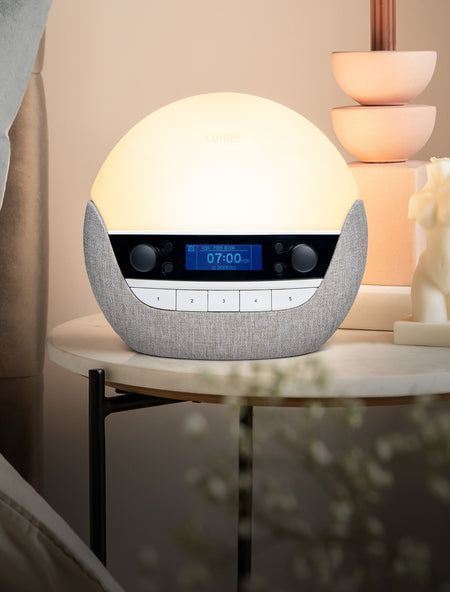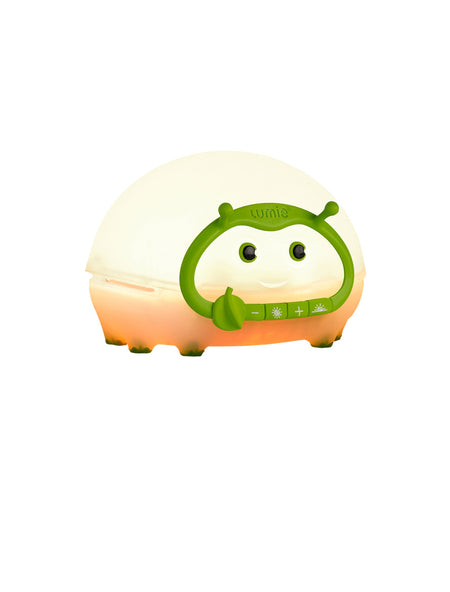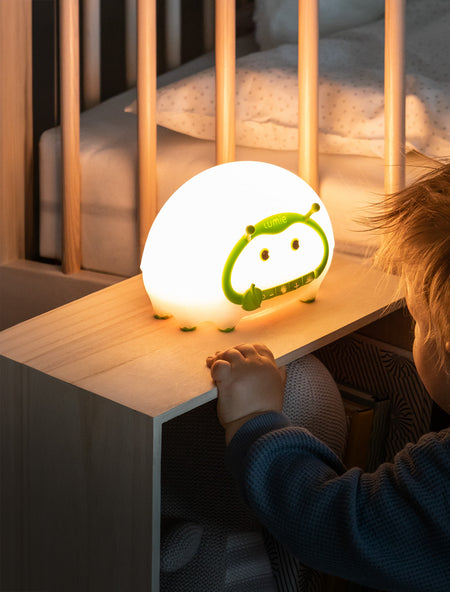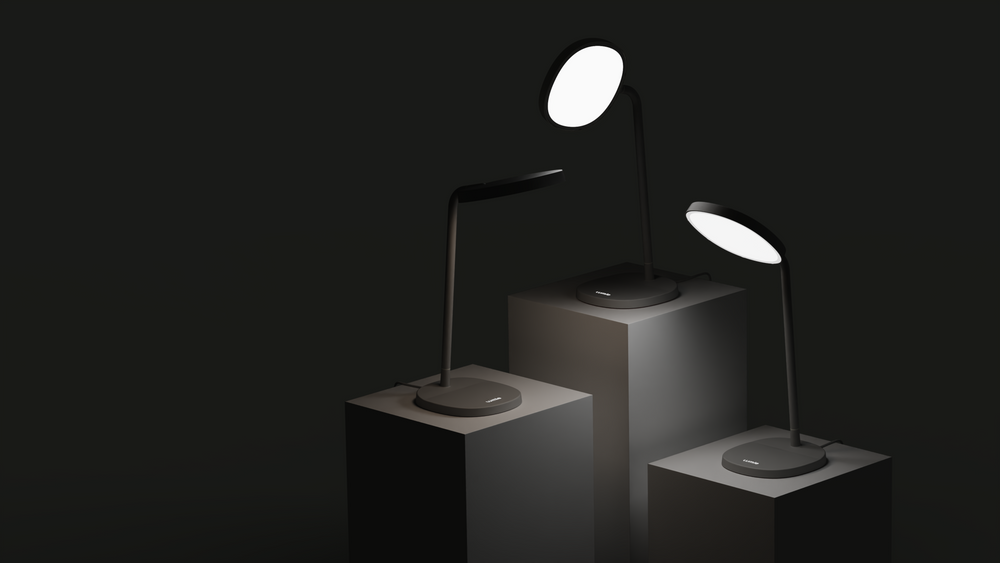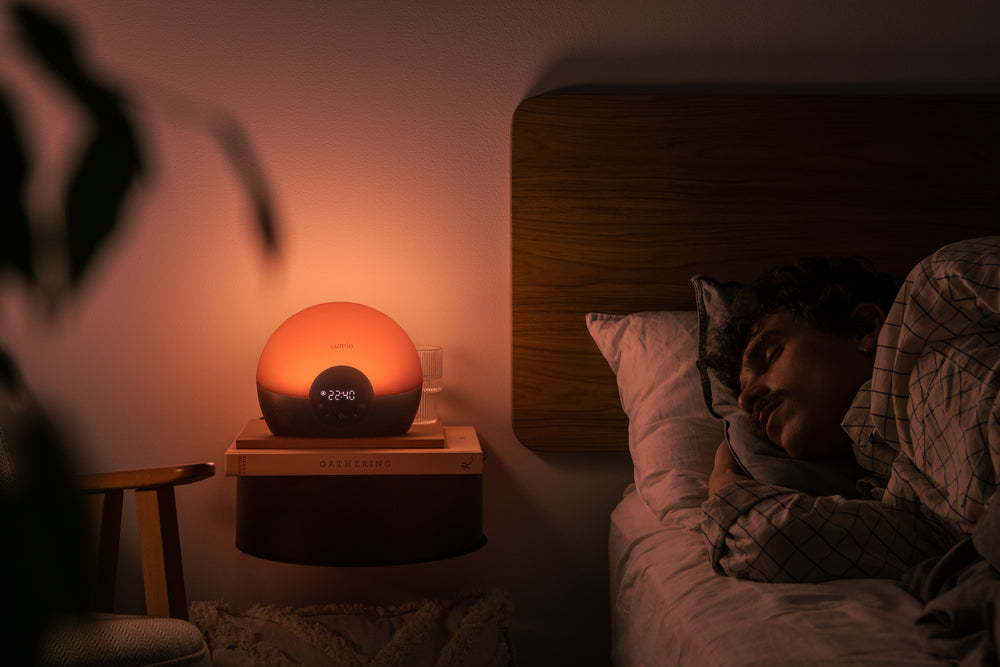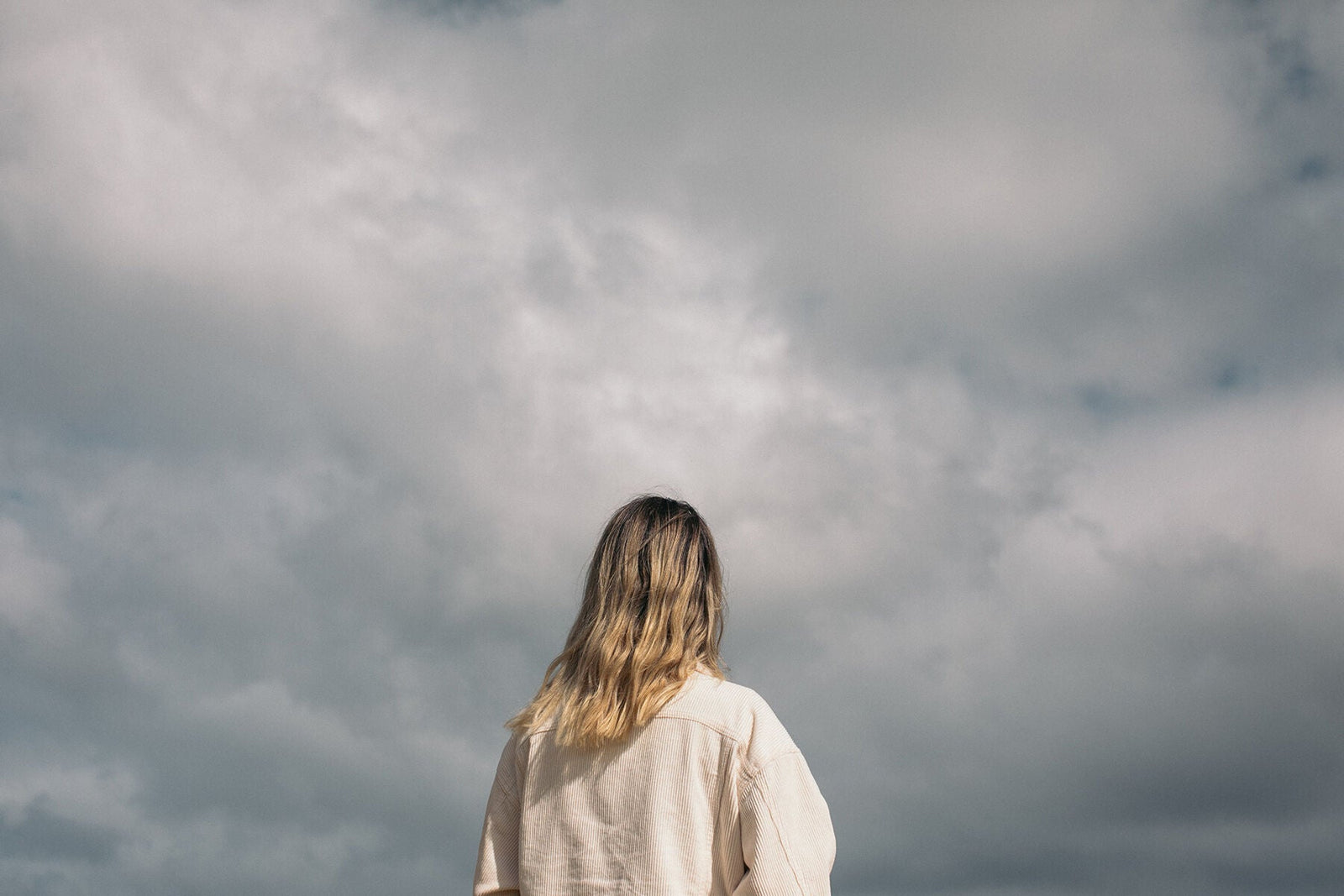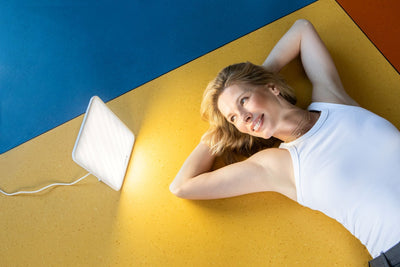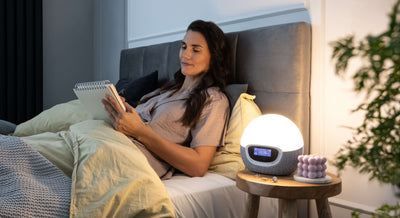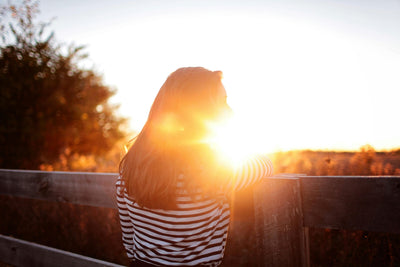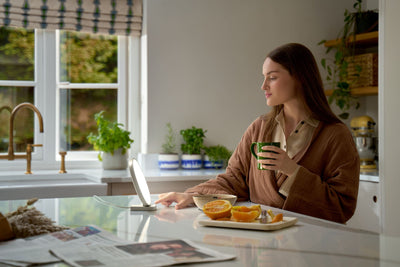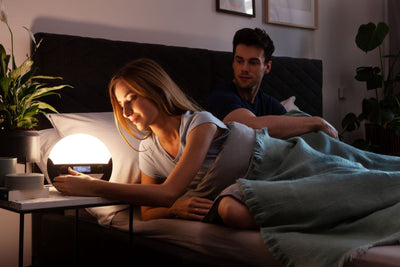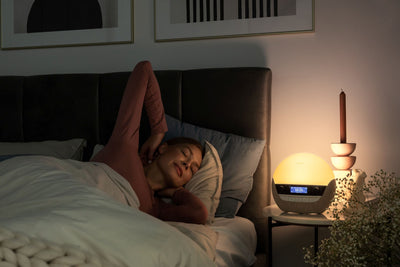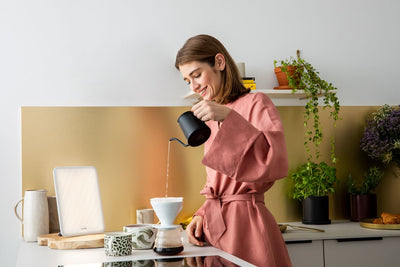What is SAD (Seasonal Affective Disorder)?
Some people may develop symptoms that are more severe, such as sleep struggles, overeating, depression, social problems, lethargy, and behavioural issues. These symptoms often make it difficult to cope with work and put strain on relationships. This is a recognised problem known as Seasonal Affective Disorder, usually shortened to SAD.

Seasonal Affective Disorder (SAD) is a mood disorder that stems from the lack of sufficient exposure to bright sunlight in winter. The amount of light entering your eyes regulates your daily rhythms and moods. When you spend most of the gloomy autumn and winter days indoors in dim light or in fact near-darkness, your pineal gland is signaled to produce melatonin (which is ordinarily meant to happen at night time), making you feel sleepy and tired. The good news is, bright light emitted by our SAD & energy lamps suppresses melatonin production, helping you feel more alert and productive whenever you need a boost.
Lack of sunlight in the winter can also affect your levels of serotonin. Low levels of serotonin can leave you feeling down and fatigued, making it difficult to concentrate and complete what would normally be simple tasks. Research has shown that serotonin levels increase with exposure to bright light in SAD sufferers (similarly as it would with SSRI drugs such as Prozac), which makes light therapy a fantastic, drug-free way of combating SAD and winter blues!
As SAD and winter depression is caused by lack of sunlight in winter, bright light therapy is the best and most natural way of treating its symptoms.
Bright light therapy is proven to work and offers a convenient and natural solution. The light must be suitably bright, as you need at least 2,000 lux (lux is the technical measure of brightness) which is roughly five times brighter than a well-lit office! Brighter lights such as our expertly designed SAD & energy lamps emit as much as 10,000 lux, meaning you can sufficiently boost your mood and alertness in just 30 minutes each day.
All our SAD and energy lights are designed for convenient use at home or while you're working, so you can get your light therapy while you get on with something else. To find out more about how our SAD and energy lights help beat seasonal effective disorder and winter blues here.
One of the things SAD sufferers and those experiencing winter blues struggle with is sleep and quality of waking. As night falls, your pineal gland starts to produce melatonin, which essentially tells your body clock it's night-time. The bright sunrise on a late spring or summer morning signals your body to stop producing melatonin, helping you to wake up refreshed and ready for the day. On short, dull winter days, when you don’t get enough light to trigger this waking up process, it may make it difficult to wake up feeling alert. This can sometimes cause or amplify some symptoms of winter depression and SAD, which is why using an alarm clock that mimics a sunrise to wake you gently can help.
Instead of being jolted from sleep by a sudden alarm, wake-up lights such as Bodyclock wake you gradually and much more effectively by re-setting the internal clock that controls your body’s sleep and wake rhythms. By the time you open your eyes, you’re properly awake, alert and feeling ready for the day ahead.
To explore the science behind light therapy for seasonal affective disorder, winter blues and sleep problems, read the research papers about sleep and SAD.




